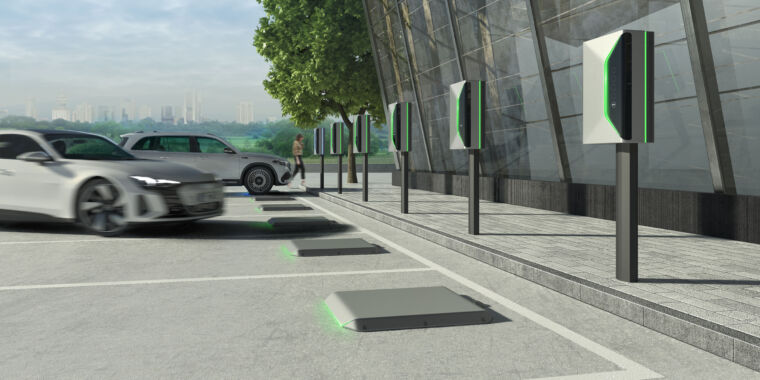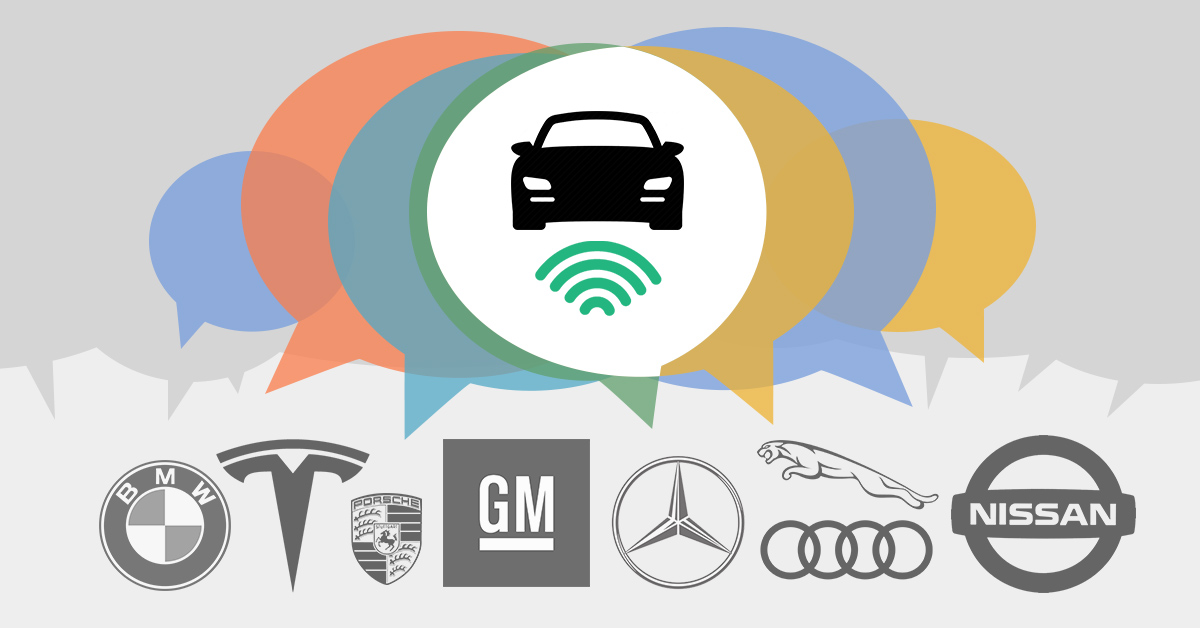Yes, but through the lens of spending [$x] earns/saves [$y] and increases the NOI [i.e. the value] the asset by [$z].
The market strata greatly influence what will be allocated to amenities - which is what EV charging would be viewed as - as well as what residents themselves want. And by "want", I mean "are willing and able to pay for".
True, residents would always like "more" but embedded in this is "more...
as long as rent does not go up" just as ownership operates from "
more is fine, as long as costs don't go up and staff is not overburdened." This leaves asset managers stuck in the middle trying to reconcile the irreconcilable...but this is nothing new.
Thus the question to overcome is, "w
e are currently are full while pushing rents and more want to move in based on our current amenity offering, so how can we justify an additional expense/complexity?"
Turnkey solutions are the easiest way to wage the war to put in EV charging as the cost, complexity, support, and billing is done via a 3rd party meaning the onsite team is not burdened with supporting the product, ownership does not have to eat capex, some $ kickback is provided to the property, and there's a legit amenity offered to residents. Everyone wins: residents, staff, ownership, and the servicer (e.g. ChargePoint).
This thread:
How much should the HOA charge? (I'm the HOA president) offers an interesting take from the HOA's viewpoint. Might be worth checking out.
Consider the commercial office r/e glut: one of the major factors preventing conversion to residential or hospitality (hotels) is just how expensive it is to retrofit plumbing. And this is with relatively modern office space with modern tech.
Honestly don't know that one. Would hazard a guess most early 20th century multifamily construction has either been rebuilt / heavy rehab'd / or abandoned. With the first two you're already doing heavy capex and I'd guess the marginal cost of running wiring is more palatable than a stand-alone project.
More recently insurance co's and lenders drive innovation as they'll demand old tech be phased out in favor of new ones - think Stab Lok breakers being uninsurable - which in turn compels ownership to act.
Our Service History – CSC ServiceWorks
(turnkey)
PS - CSC consistently buys up/out its competitors. They've got quite a cozy monopoly.
Window units and/or HVAC installation with heavy rehab or rebuilds. Also chillers...the bane of my existence.
Cable operators covered install + upkeep cost and kickback a cut of $$$ to the property. (turnkey)
Cable operators - see prior point.
...nope. Never happened. Many residents from the wealthiest of the wealthiest to the humblest of the humblest all drove ICEs yet never demanded onsite fuel capacity. I know it's not a 1:1 comparison to EV charging but would suggest there is enough overlap to make the point.
The turnkey + $$$ model works well here as if it boosts the NOI, it boosts the value of the property. Ownership loves that.
The problem is with apartments being full and hemorrhaging cash back to ownership, there's little desire from ownership to innovate. Again, if someone comes to them with an "
I've got this all figured out, you have to do nothing, the staff is not going to be bothered, you'll have a slight competitive edge over other (also full) apartments, oh yeah, and we send you a check once a month" ... well, that generally works.






